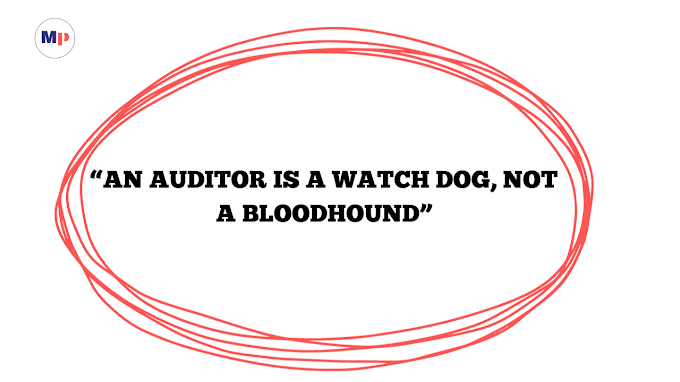MEANING AND DEFINITION OF CAPITAL GEARING
The term capital-gearing refers to the ratio between ‘variable
cost-bearing capital’ and ‘fixed cost-bearing capital’. Variable cost-bearing capital includes equity share capital, reserves, and surpluses, whereas fixed
cost-bearing capital consists of long-term debt and preference shares.
“The relation of the
ordinary shares (equity shares) to preference share capital and loan capital is
described as the capital gearing.”
J. Batty
“The term capital gearing is used to describe the ratio
between the ordinary share capital and fixed interest bearing securities of a
company.”
Brown and Howard
Capital Gearing Ratio = Variable Cost Bearing Capital / Fixed Cost Bearing Capital
Where,
Variable Cost Bearing Capital = Equity Share Capital +
Reserve and Surplus
Fixed Cost Bearing Capital = Long Term Debt Bearing Fixed
Interest + Preference Share Capital
KINDS OF CAPITAL GEARING
Capital gearing may be of two kinds:-
(1) High Gearing
(2) Low Gearing
1. High Gearing: When the proportion of equity share capital to the total is low, it is called high capital gearing. In other words, when the ratio of fixed cost capital to the total capital is high, it is described as the state of high capital gearing.
For example, if the total capital of a company is Rs.
1,25,000 out of which fixed cost capital is Rs. 1,00,000 and variable cost
capital (equity share capital) is Rs. 25,000. This is the situation of
high-gearing, but the gearing ratio will be low viz. 25,000 1,00,000 or 1:4.
2. Low Gearing: When the proportion of equity share capital in
the total capital of a company is high, it is said to be the state of low
gearing of capital. The gearing ratio will be high in case of low capital
gearing.
For example, if the proportion of equity share capital in
total capital of Rs. 1,25,000 is Rs. 1,00,000 and fixed cost capital
(preference share capital and debentures is Rs. 25,000, the company would be a
low-geared company. In this case, the gearing ratio will be high, i.e.,
1,00,000 25,000 or 4:1.





